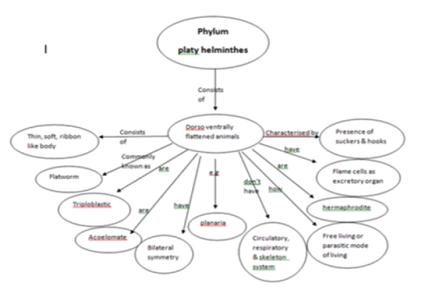


Indian Journal of Science and Technology
Year: 2021, Volume: 14, Issue: 27, Pages: 2293-2299
Original Article
Akhilesh Mishra1
1Senior consultant, National Council of Education Research and Training, Aurobindo Marg, Hauzkhas, Delhi, 110016, India
*Corresponding Author
Email: [email protected]
Received Date:12 May 2021, Accepted Date:11 July 2021, Published Date:11 August 2021
Aims: To explore the role of language in the representation of students’ understanding of concepts in the oral as well as the written form through collaborative concept mapping (CCM). The study attempts to identify the nature of difficulties faced by students in the same. Method: A descriptive research design was used for the study. A school was selected purposely of which all the 28 students of a section of class IX were taken as the sample to represent their understanding of selected science concepts through collaborative concept mapping. Students formed 9 groups to draw the concept maps collaboratively. The whole process of CCM by each group was observed to identify the students’ actual understanding of the science concepts. The concept maps made by each group were examined qualitatively to compare the representation of students’ knowledge in the written form with their actual understanding. Findings: In the study language was found to play an important role in the concrete representation of knowledge in the form of a graphic organizer like a concept map also. Some concepts were identified in the study which were discussed among the group members but not included in the map due to their inability to select appropriate linking words. It was also found that technical terms and labels in science posed a challenge for students. But, in some cases CCmaps provided them a tool through which the correct comprehension of the concepts can be given a concrete form despite having the limited knowledge of language. Novelty: The study provides an insight into the application of CCM as an assessment technique by teachers to compare the students’ cognitive structures and their overt representation on paper. It has also identified a specific form of concept map by which students can represent their understanding with the limited knowledge of language.
Keywords: Role of language; Collaborative Concept mapping; understanding of concepts; representation of knowledge; Science
© 2021 Mishra. This is an open-access article distributed under the terms of the Creative Commons Attribution License, which permits unrestricted use, distribution, and reproduction in any medium, provided the original author and source are credited. Published By Indian Society for Education and Environment (iSee)
Subscribe now for latest articles and news.